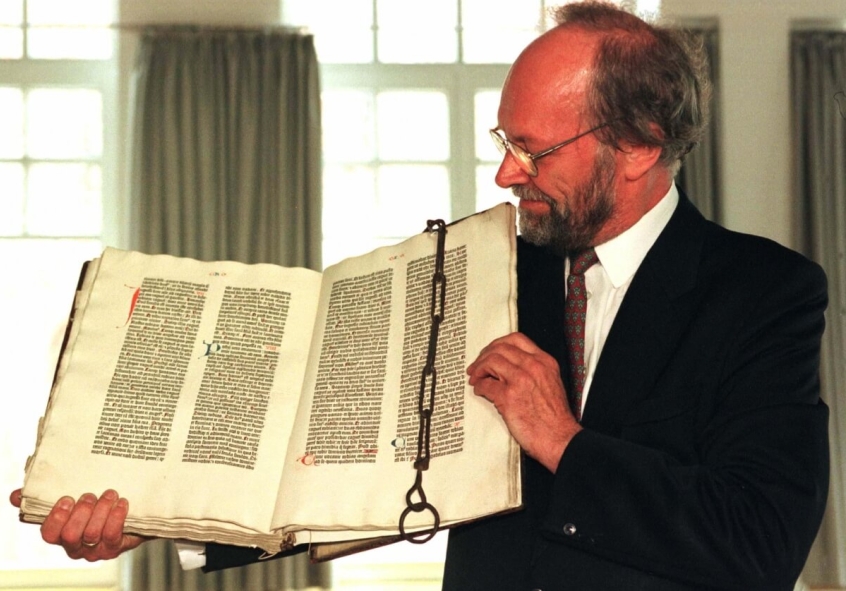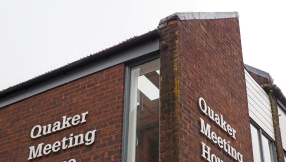On this day, August 24, in 1456, the printing of the first Gutenberg Bible was completed. Here are 10 things you might not know about the printer.

1. Johannes Gutenberg, believed to have lived from 1398 to 1468, invented a new method of movable-type printing in Germany that became the basis of modern printing processes. For the first time, it became possible to mass-produce books and thus widespread literacy was opened up beyond the educated clerical and aristocrtic elite. This was key to the Reformation as well as the Renaissance. This year also marks the 500th anniversary of Martin Luther posting his 95 theses in Wittenberg.
2. Gutenberg was born as Johann Gensfleisch, meaning 'John Gooseflesh', in Mainz. He adopted and preferred Gutenberg – meaning 'beautiful mountain'.
3. Block printing as opposed to handwritten books was in use when he was growing up. He loved these new books but was concerned that access them was restricted to the wealthy and the clergy. Gutenberg believed all his life that everyone, no matter how rich or poor, should have access to the word of God.
4. He qualified as a goldsmith first and began experimenting with new print methods after moving to Strasbourg in 1430, where he set up shop in secret in a former monastic residence. A method of printing using movable type had actually been invented in China in the 11th century. Christian missionaries brought descriptions of these back to Europe from Asia.
5. Many vested interests opposed making the word of God freely available to the masses, so he was careful not to draw attention to his work until its emergence guaranteed its unstoppable success.
6. Twenty years later, he was back in Mainz and owned a printing plant, bought with a loan. His breakthrough came in moving from wooden to metal blocks for the movable type, because they were more durable and printed letters more clearly. He also capitalised on the smaller number of letters in the European alphabet. But he ran out of cash and had to borrow a large sum to keep going. In order to pay off the loan he ceded crucial interests in his business to his financier, eventually losing control of all his assets. As a result, when the printing of the Gutenberg Bible was completed in 1456, his name did not appear on it.
7. Gutenberg had no choice but to start again, on his own. Then Mainz was sacked by Adolph II in 1462 and once again he lost everything. The church took pity on him and gave him a stipend to carry on printing. Eventually he went blind and died in relative poverty.
8. But his life's work was an incredible success. By the time he died, there were movable type printing presses based on his invention throughout the capital and other important cities of Europe.
9. Today there are 22 known copies of the Gutenberg Bible still extant, a tenth of those believed to have been printed originally. A complete Bible discovered today would be worth many millions of pounds.
10. The revolution Gutenberg started continues to this day through the technologies of the internet. Arguably, Gutenberg's invention of movable type using metal was as important to modern man as that of the wheel to our ancestors.









